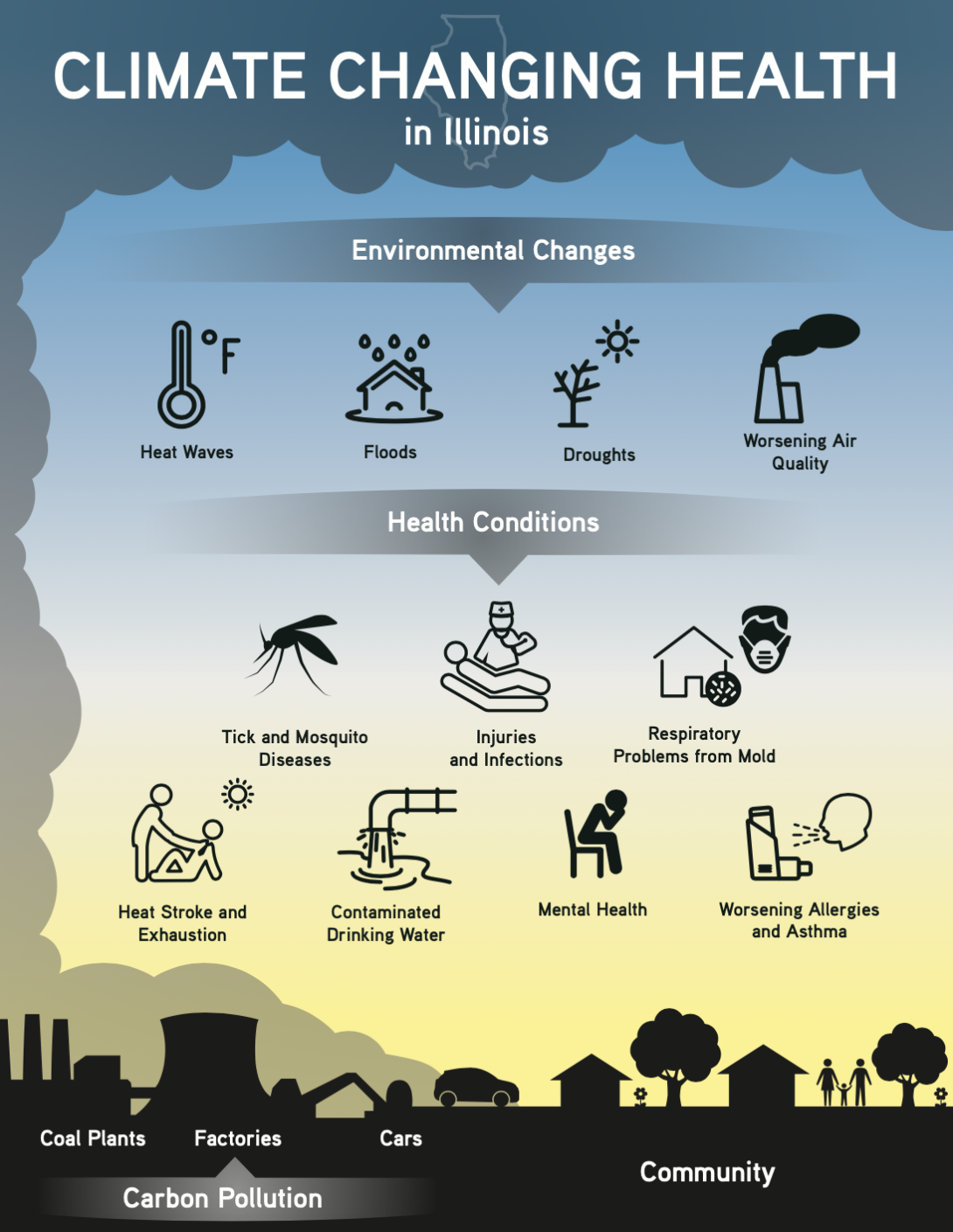Climate change is increasingly recognized not only as an environmental and economic issue but also as a critical public health concern, particularly affecting vulnerable populations such as women. This article explores the intricate connections between climate change and women’s health, highlighting the unique challenges women face and the urgent need for gender-sensitive responses to mitigate these impacts.
Understanding the Linkages between Climate Change and Women’s Health
Climate change manifests through rising temperatures, extreme weather events, altered precipitation patterns, and sea-level rise, leading to widespread health risks. Women, especially in low-income and marginalized communities, bear a disproportionate burden due to their socioeconomic roles, biological vulnerabilities, and cultural responsibilities. These factors intersect to exacerbate existing health disparities and create new challenges for women’s well-being.
Health Impacts on Women
- Reproductive Health: Climate change can affect women’s reproductive health through increased exposure to heat stress, food insecurity, and water scarcity, which impact maternal health, fertility, and pregnancy outcomes.
- Mental Health: Women are at higher risk of experiencing mental health issues such as anxiety and depression following natural disasters exacerbated by climate change. They often shoulder increased caregiving responsibilities and face heightened stress due to displacement and loss.
- Nutritional Status: Food insecurity, exacerbated by climate-induced crop failures and disrupted food supply chains, disproportionately affects women’s nutritional status, particularly during pregnancy and lactation.
- Waterborne Diseases: Women and girls are more susceptible to waterborne diseases resulting from contaminated water sources and inadequate sanitation, further compromising their health and well-being.
Socioeconomic and Cultural Context
The socioeconomic and cultural context significantly influences how climate change impacts women’s health. In many societies, women are primary caregivers, responsible for securing food, water, and fuel for their families. As climate change intensifies resource scarcity and natural disasters, women often face increased workloads, reduced access to healthcare, and heightened exposure to gender-based violence in displacement settings.
Policy and Public Health Responses
Addressing the intersection of climate change and women’s health requires comprehensive policy frameworks and targeted interventions. Governments and international organizations must prioritize gender-sensitive adaptation strategies that empower women economically and socially. This includes:
- Access to Healthcare: Ensuring women have equitable access to healthcare services, including reproductive and maternal health services, amidst climate-related disruptions.
- Education and Empowerment: Promoting women’s education, leadership, and participation in climate adaptation and mitigation efforts to enhance community resilience.
- Income Generation: Supporting sustainable livelihood options for women, such as climate-resilient agriculture and renewable energy initiatives, to reduce economic vulnerabilities.
Building Resilience and Mitigating Risks
Building resilience to climate change impacts requires collaboration across sectors and levels of governance. Integrating women’s perspectives and knowledge into decision-making processes can lead to more effective and inclusive climate policies. Community-based approaches that prioritize local knowledge and adaptive strategies empower women to safeguard their health and well-being in the face of environmental changes.
Conclusion
In conclusion, climate change poses significant challenges to women’s health, amplifying existing inequalities and vulnerabilities. Addressing these challenges requires a holistic approach that recognizes the intersectionality of gender, health, and environmental factors. By prioritizing gender-sensitive policies, investing in healthcare infrastructure, and empowering women as agents of change, we can mitigate the disproportionate impacts of climate change on women’s health and promote sustainable development for all.


